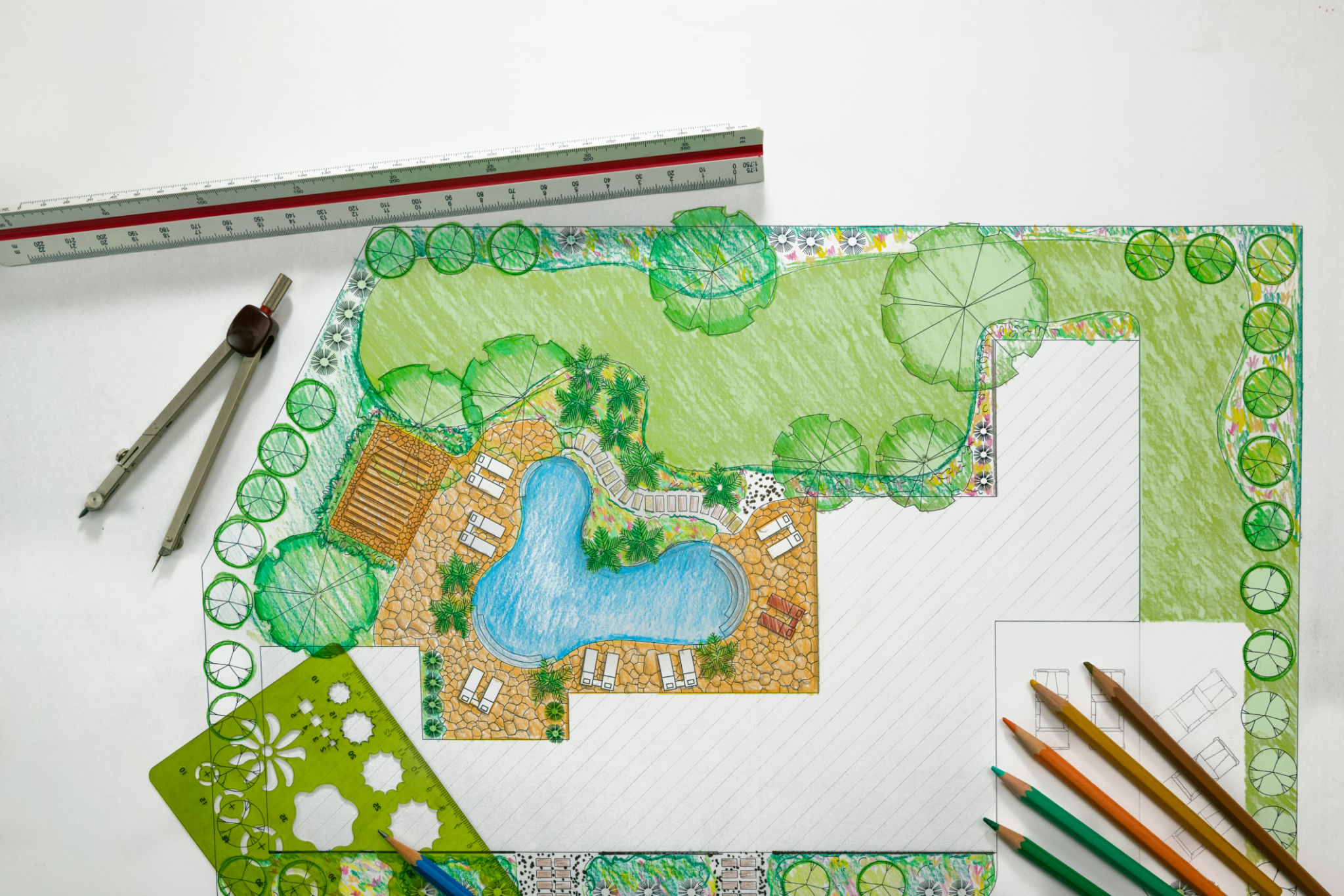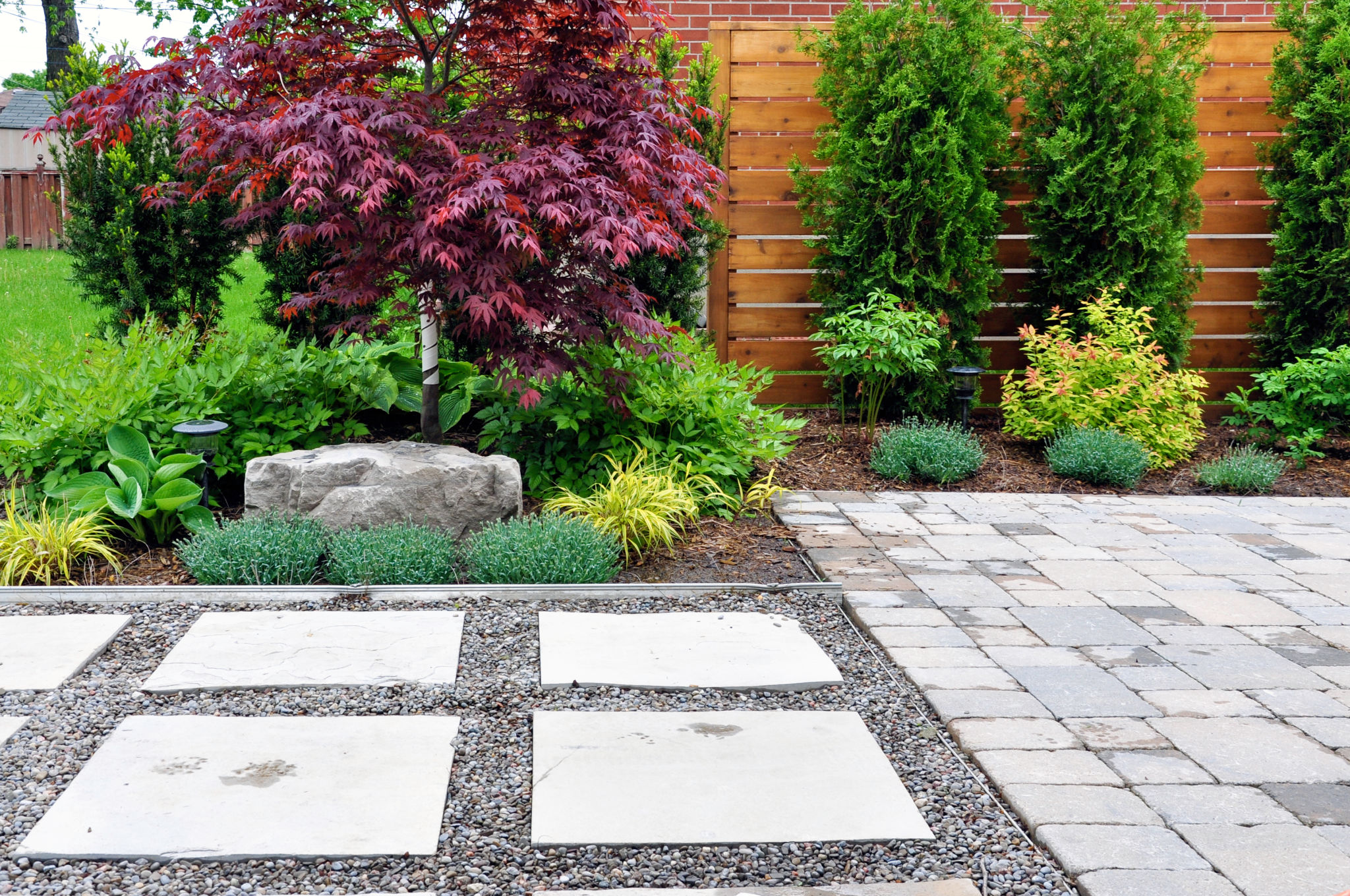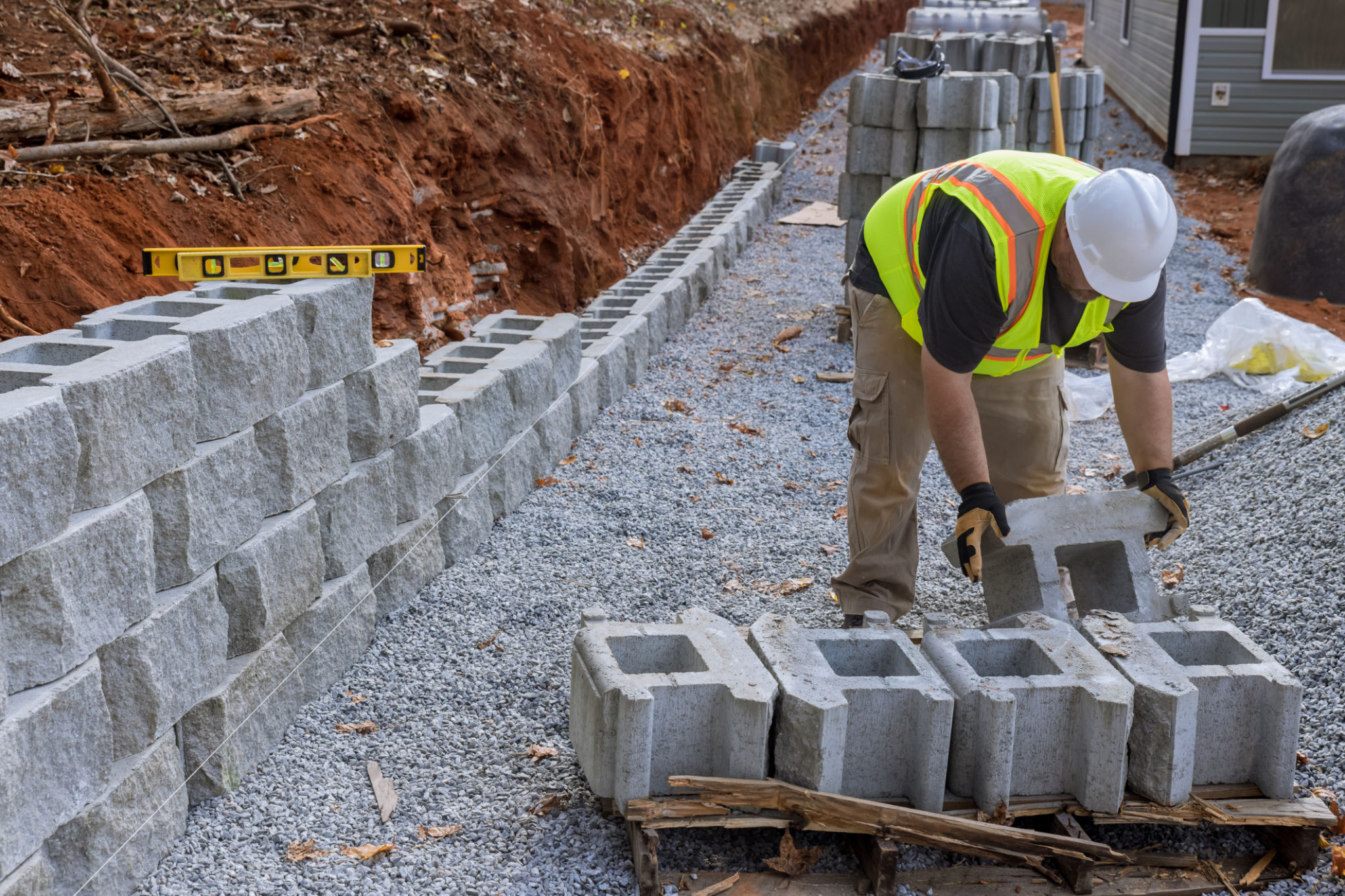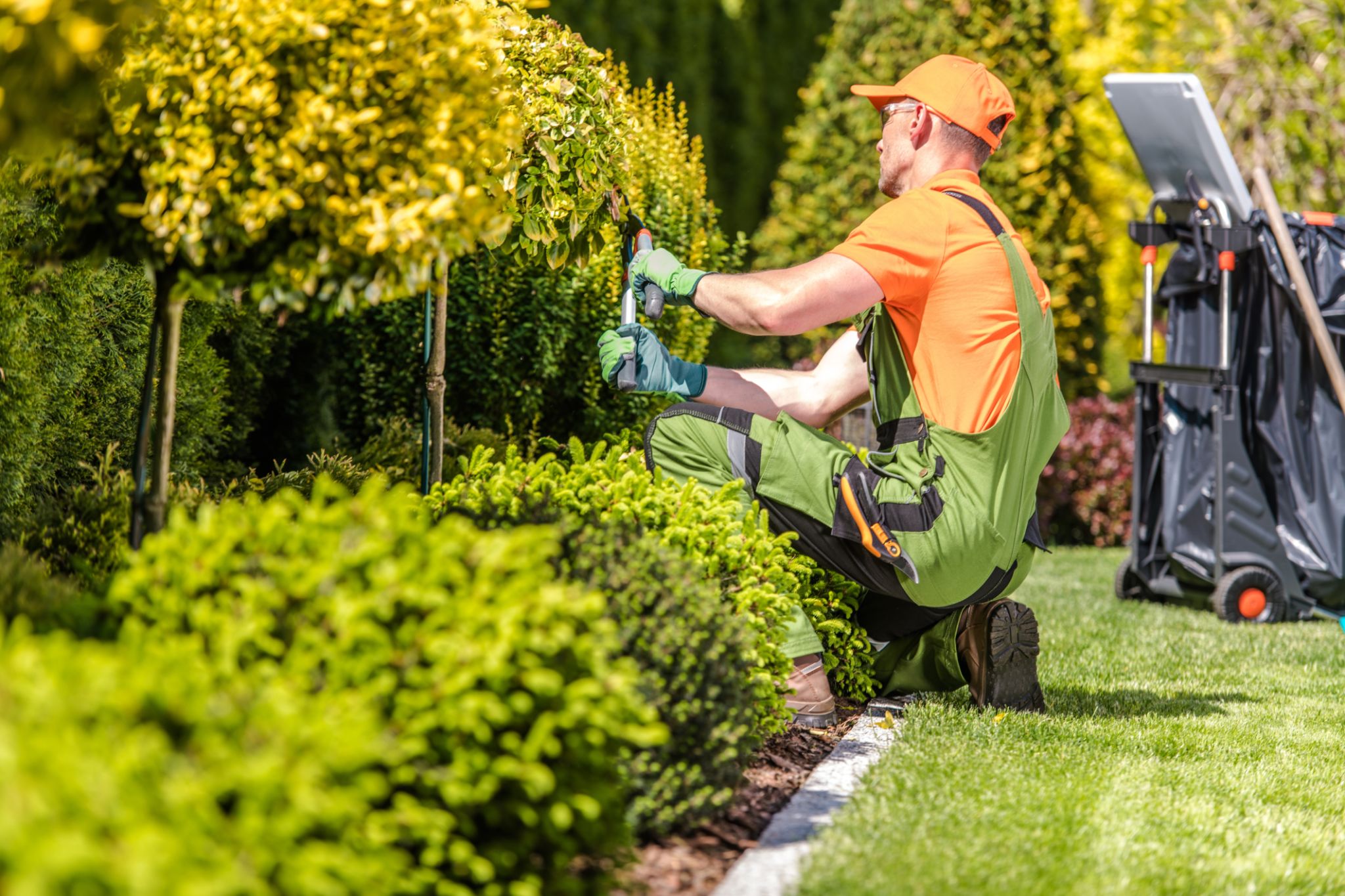DIY Hardscaping Tips for a Stunning Backyard Transformation
Planning Your Hardscape Design
Transforming your backyard into a stunning oasis begins with a well-thought-out plan. Before you start any DIY hardscaping project, take the time to assess your space and envision the final look. Consider the purpose of your backyard—whether it's for entertaining, relaxation, or gardening—and sketch out a rough layout. This will help you determine the materials and features you'll need, such as patios, walkways, and retaining walls.
One essential tip is to measure your space accurately. This ensures that you buy the right amount of materials and avoid unnecessary expenses. Additionally, think about how the elements will complement each other in both form and function.

Choosing the Right Materials
The choice of materials can significantly impact the aesthetic and durability of your hardscape. Popular options include natural stone, pavers, brick, and concrete. Each material has its own advantages: for instance, natural stone offers a timeless look, while pavers are versatile and easy to install.
When selecting materials, consider factors like climate, maintenance requirements, and budget. For those in regions with harsh weather conditions, durable materials that withstand extreme temperatures are advisable. Remember, investing in high-quality materials can save you money in the long run by reducing maintenance costs.
Creating Walkways and Pathways
Walkways and pathways not only enhance the visual appeal of your backyard but also provide functional routes for movement. To build a sturdy pathway, start by excavating the area to a depth of about 6-8 inches. Lay a base layer of gravel for drainage, followed by sand as a leveling base.
Arrange your chosen pavers or stones in the desired pattern, ensuring they fit snugly together. Use a rubber mallet to tap them into place and fill any gaps with sand to prevent shifting. This technique will give your pathway a polished and professional appearance.

Constructing a Patio Area
A patio can serve as the centerpiece of your backyard transformation, providing a perfect spot for outdoor dining and relaxation. Begin by selecting a location that offers natural shade or consider installing a pergola for added comfort.
For DIY enthusiasts, using interlocking pavers is a practical choice. They are relatively easy to install and offer a wide range of design possibilities. As with pathways, ensure that your patio surface is level and well-compacted to prevent uneven settling over time.
Building Retaining Walls
If your backyard has varying elevations or slopes, retaining walls can help create level areas for planting or seating. These structures also add an architectural element to your outdoor space. Start by digging a trench for the foundation and filling it with compacted gravel for stability.
Stack your chosen blocks or stones in staggered rows to enhance strength and stability. Be sure to slope the wall slightly backward into the hill to counteract soil pressure. Proper drainage behind the wall is crucial to prevent water buildup, which can compromise its integrity.

Adding Finishing Touches
Once the main hardscaping elements are in place, it's time to add some finishing touches that will elevate the overall look of your backyard. Consider incorporating elements like outdoor lighting, water features, or even a fire pit for added ambiance.
Planting shrubs, flowers, or decorative grasses along walkways and around patios can soften the hard edges and blend the hardscape with natural surroundings. Choose plants that thrive in your climate and require minimal upkeep to maintain their beauty throughout the seasons.
Maintaining Your Hardscape
To keep your transformed backyard looking pristine, regular maintenance is key. Sweep pathways and patios to remove debris and prevent stains. Check for any loose pavers or stones and reset them as needed to maintain stability.
Inspect retaining walls for signs of shifting or erosion and address any issues promptly. Applying sealant to stone surfaces can protect them from weather damage and prolong their lifespan. With these maintenance practices, your hardscape will remain an inviting space for years to come.

